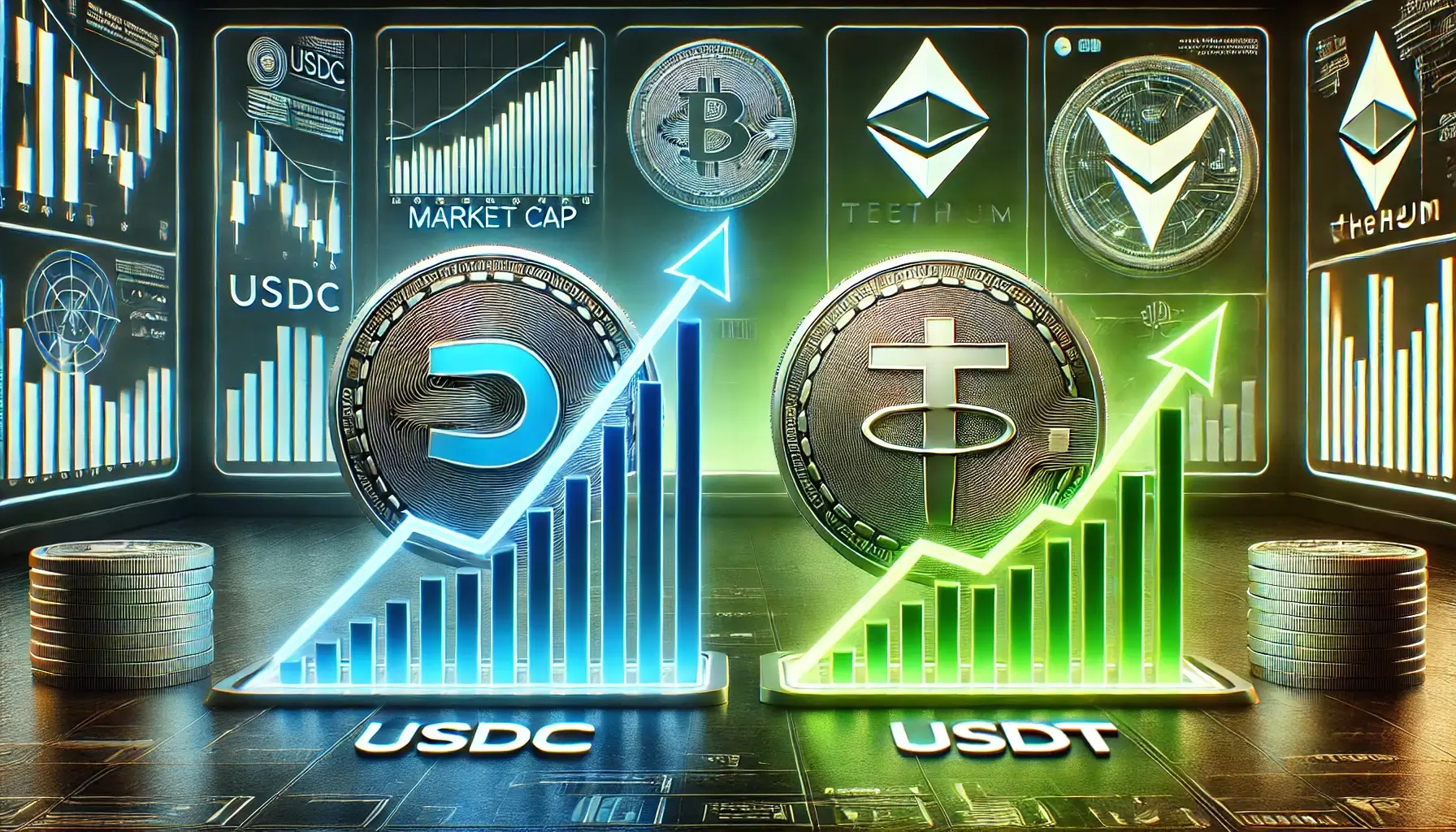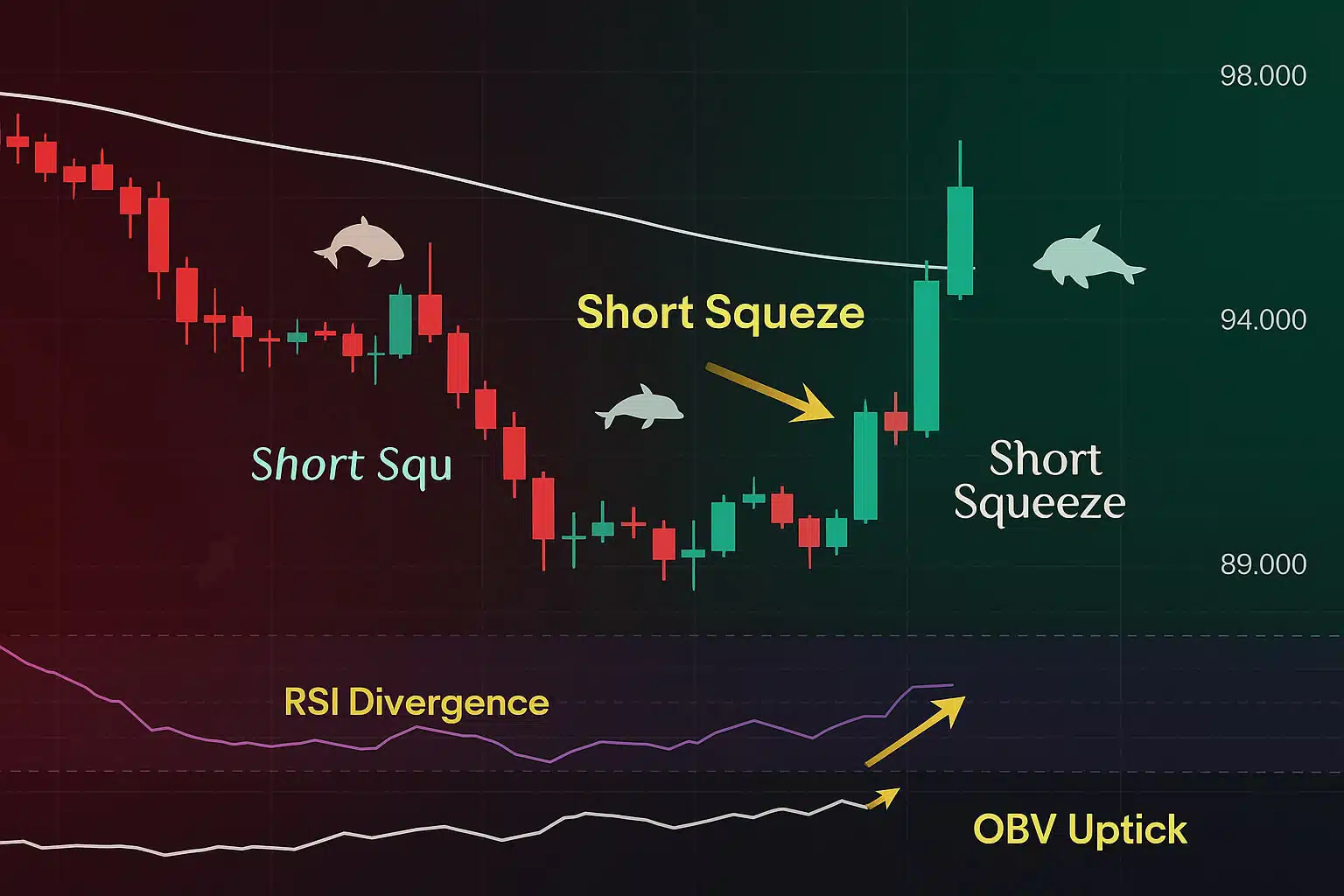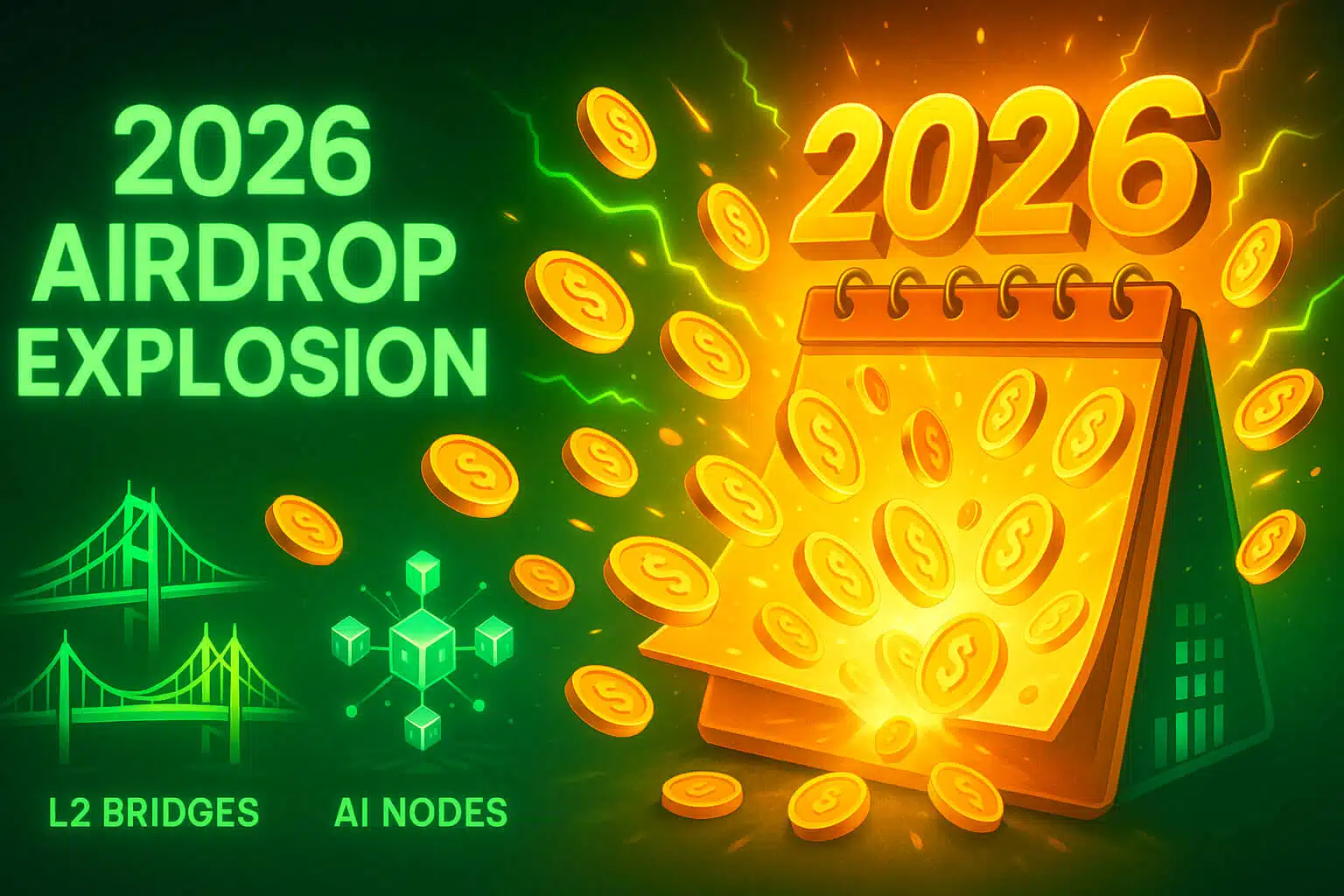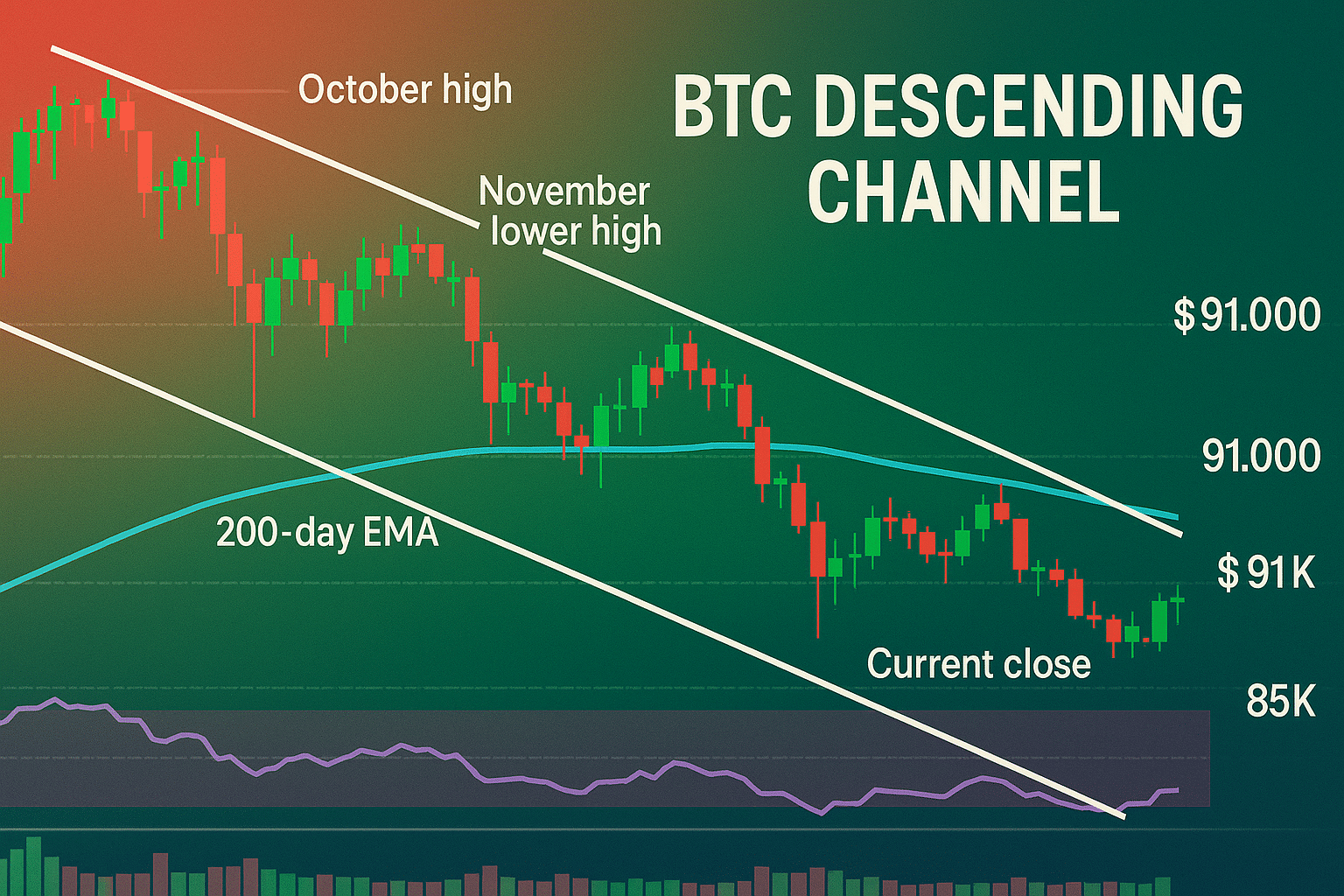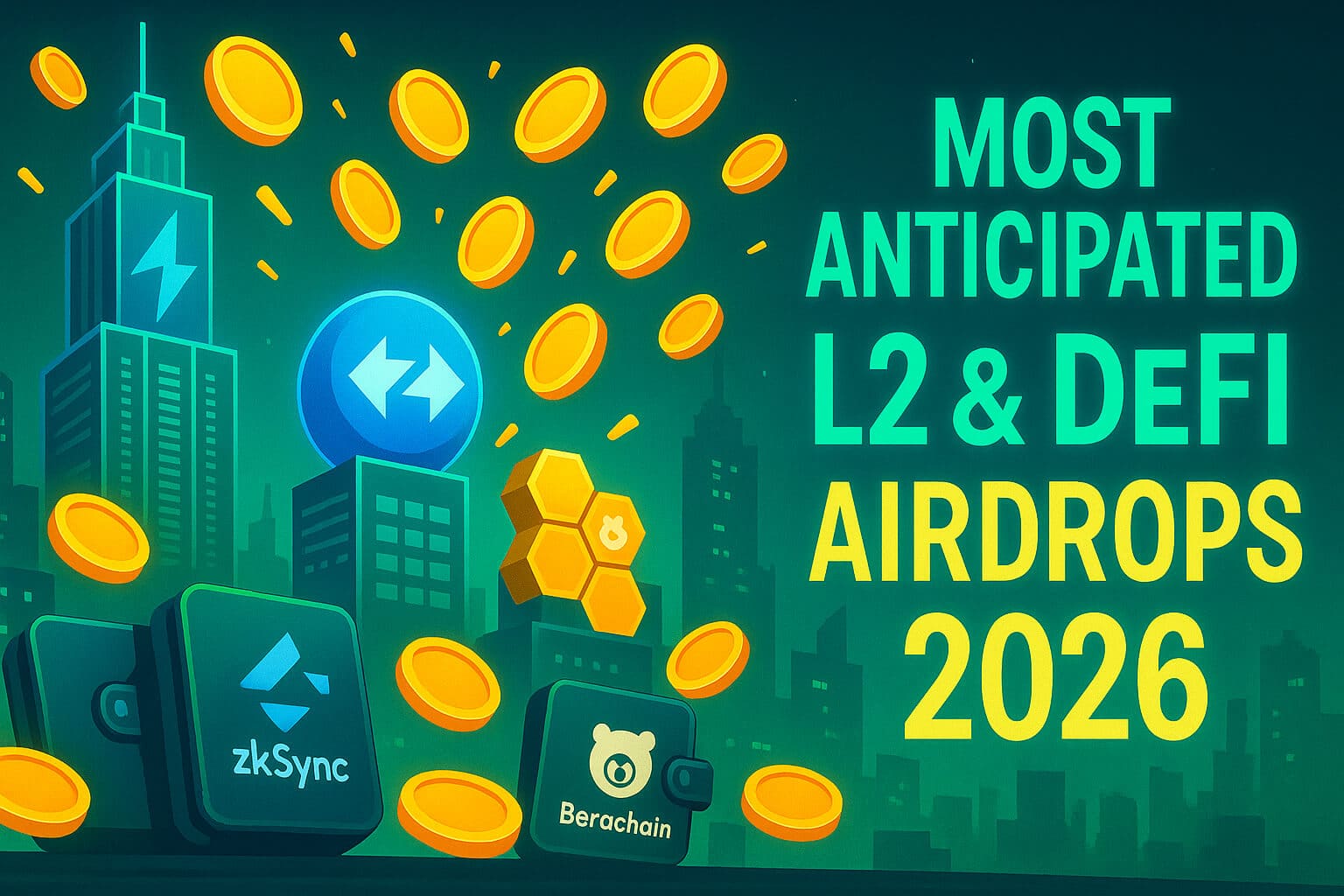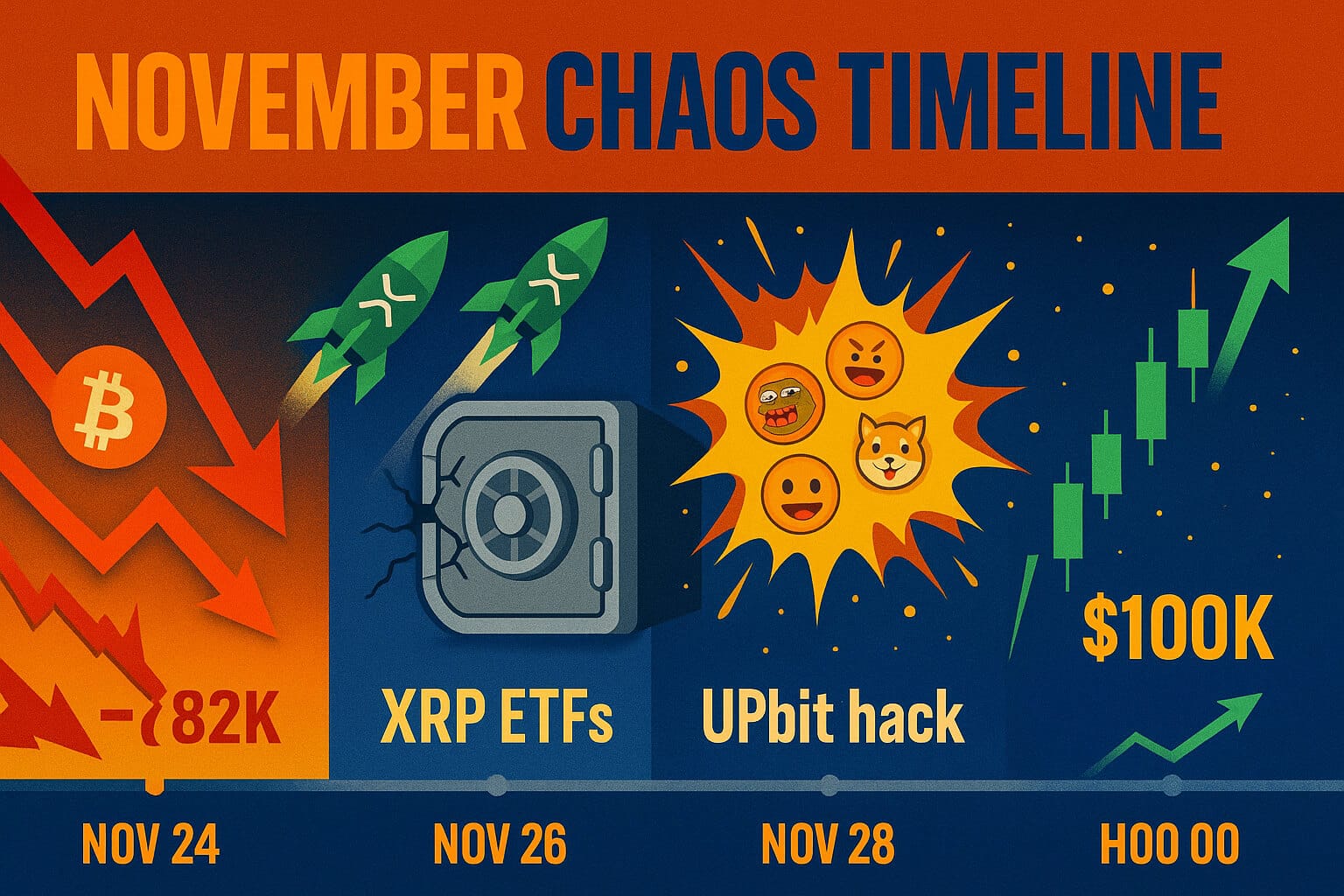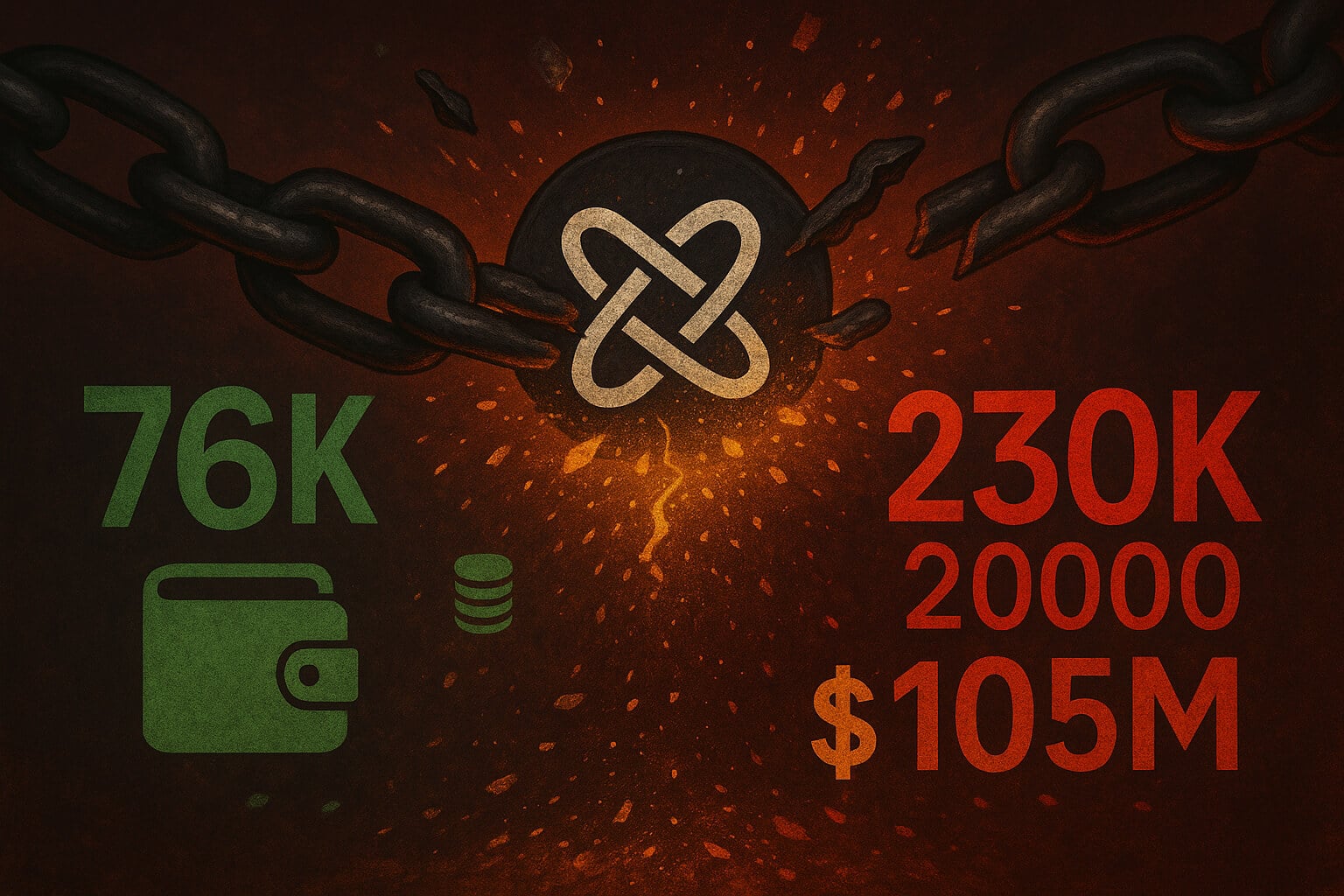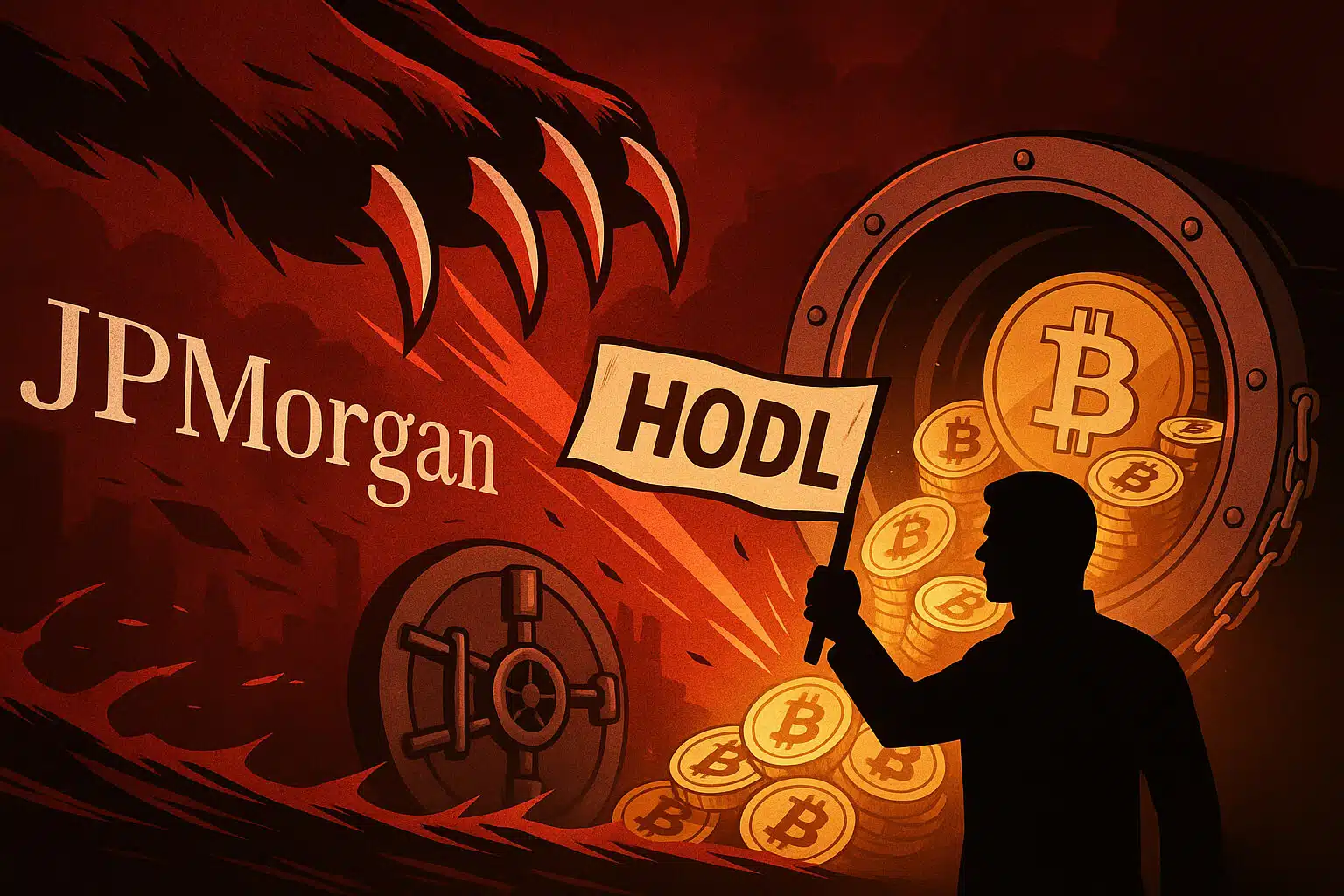USDC Market Cap Surges to $56B – Is It Catching Up to Tether?
Introduction
The stablecoin race is heating up, and USDC is making serious moves. After a rocky bear market, Circle’s USD Coin (USDC) has climbed back to a $56.3 billion market cap, narrowing the gap with Tether (USDT), the industry’s long-standing leader.
With strategic expansions to new blockchains like Sui and Aptos, and a massive $6 billion USDC minted on Solana in January 2025, USDC is positioning itself as a strong contender in the stablecoin arena. But can it truly challenge Tether’s dominance, or will USDT continue to reign supreme? Let’s dive into the details of this stablecoin showdown.
1. USDC’s Comeback: From Bear Market Lows to $56 Billion
The Bear Market Crash and USDC’s Recovery
Just a few months ago, USDC was struggling. In November 2023, its market cap plummeted to $24.1 billion, marking a significant low point during the crypto bear market. However, by January 8, 2025, it had rebounded to $45.6 billion, and as of February 10, USDC surged to $56.3 billion, according to CoinGecko data. This represents a 23.4% jump in just over a month, signaling a strong recovery and growing investor confidence.
For insights on market recoveries, check out Bitcoin Rebounds to $99K – Are Altcoins Following?.
Expansion to New Blockchains: Sui, Aptos, and Solana
A key driver of USDC’s growth has been Circle’s aggressive expansion to new blockchains. By integrating with Sui and Aptos, USDC has tapped into new DeFi ecosystems, attracting more developers and users. Moreover, $6 billion USDC minted on Solana in January 2025 further cemented its role as a leading stablecoin in fast-growing networks.
For more on cross-chain innovations, read Cross-Chain Interoperability: The Key to a Unified Blockchain Ecosystem.
2. The Stablecoin Showdown: USDC vs Tether
Tether Still Reigns Supreme
Despite USDC’s impressive comeback, Tether’s USDt remains the largest stablecoin, boasting a $141.6 billion market cap as of February 10. Over the past 30 days, Tether has added $4 billion to its capitalization, reflecting continued dominance in the stablecoin space.
According to DefiLlama data, Tether holds a 63% share of the stablecoin market, while USDC’s share has grown from 19.4% to 25% over the past year. This indicates that while Tether remains the leader, USDC is closing the gap faster than many expected.
For more on stablecoin trends, read How Stablecoins Are Changing the Landscape of Global Remittances.
The Role of Regulatory Support
Under President Donald Trump’s administration, stablecoins have taken center stage in U.S. policy discussions. The White House’s AI and crypto czar David Sacks has emphasized that stablecoins could extend the dollar’s dominance both internationally and digitally.
Meanwhile, Senator Bill Hagerty has introduced legislation aimed at creating a pro-growth regulatory framework for stablecoins. This could provide clearer guidelines for issuers like Circle, giving USDC a potential regulatory advantage over Tether, which has faced criticism for its lack of transparency regarding reserves.
For more on regulatory shifts, check out The Impact of Regulatory Changes on the Crypto Market.

3. Why Stablecoins Matter: Beyond Just USDC and Tether
Driving Financial Inclusion and Digital Payments
Stablecoins like USDC and Tether are transforming digital payments, especially in developing economies where they offer a hedge against inflation and currency volatility. They’re also becoming integral to cross-border transactions, making remittances faster and cheaper compared to traditional banking systems.
For more on crypto’s role in financial inclusion, read How Cryptocurrencies Are Driving Financial Inclusion.
Yield Opportunities in DeFi
Stablecoin holders aren’t just using them for payments—they’re also earning yields through decentralized finance protocols. Platforms like Aave and Compound allow users to lend USDC and USDT, generating returns similar to interest on traditional bank deposits.
For more on passive income opportunities, check out How to Earn Passive Income – Crypto Guide.
4. The Bigger Picture: The Stablecoin Market’s Explosive Growth
Stablecoin Market Cap Soars to $224 Billion
The broader stablecoin market is booming. In August 2023, the market cap stood at $121 billion, but by February 10, 2025, it had surged to $224 billion. This reflects not only increased adoption of digital dollar alternatives but also the growing role of stablecoins in global financial markets.
For more on the evolution of stablecoins, check out The Economics of Crypto Airdrops: Why Companies Use Them.
Can USDC Overtake Tether?
While Tether’s lead remains substantial, USDC’s aggressive blockchain expansion, regulatory support, and increasing DeFi integration position it as a strong contender for the top spot. However, overtaking Tether will require continued innovation, broader adoption, and perhaps most importantly, greater transparency to win over skeptical investors.
For more on stablecoin competition, read Comparing Different Stablecoins: USDC vs USDT.
Conclusion: USDC’s Rapid Growth Signals a Shift in the Stablecoin Landscape
The stablecoin battle between USDC and Tether is far from over. With USDC’s market cap surging past $56 billion and its share of the market growing rapidly, Circle’s stablecoin is proving it’s here to stay.
As regulatory frameworks evolve and blockchain adoption increases, stablecoins will continue to play a critical role in the future of finance. Whether USDC can overtake Tether remains to be seen, but one thing is clear: the stablecoin landscape is more competitive than ever.
For more on the future of crypto, check out The Impact of CBDCs on Cryptocurrencies.
FAQs
1. Why has USDC’s market cap surged to $56 billion?
USDC’s growth is driven by blockchain expansions to Sui, Aptos, and Solana, alongside regulatory support in the U.S.
2. How does USDC compare to Tether in the stablecoin market?
Tether still leads with a $141.6 billion market cap, but USDC’s share has grown to 25%, up from 19.4% a year ago.
3. What role do stablecoins play in global finance?
Stablecoins are crucial for digital payments, financial inclusion, and earning yields in DeFi protocols.
4. Will regulatory changes favor USDC over Tether?
With clearer guidelines on the horizon, USDC may benefit from a regulatory edge, while Tether’s transparency issues could be a drawback.
For more insights and detailed guides on cryptocurrency, visit our Crypto Guides Section.
Stay Updated
For the latest updates on cryptocurrency trends and news, follow us on:
- X: https://x.com/FreeCoins24
- Telegram: https://t.me/freecoins24
Stay informed with the latest strategies and insights in the world of cryptocurrency at FreeCoins24.io.
Special Offer
For an enhanced trading experience, consider Bybit. Sign up through our referral link to unlock exclusive rewards, including up to $30,000 in deposit bonuses, and elevate your trading journey.



